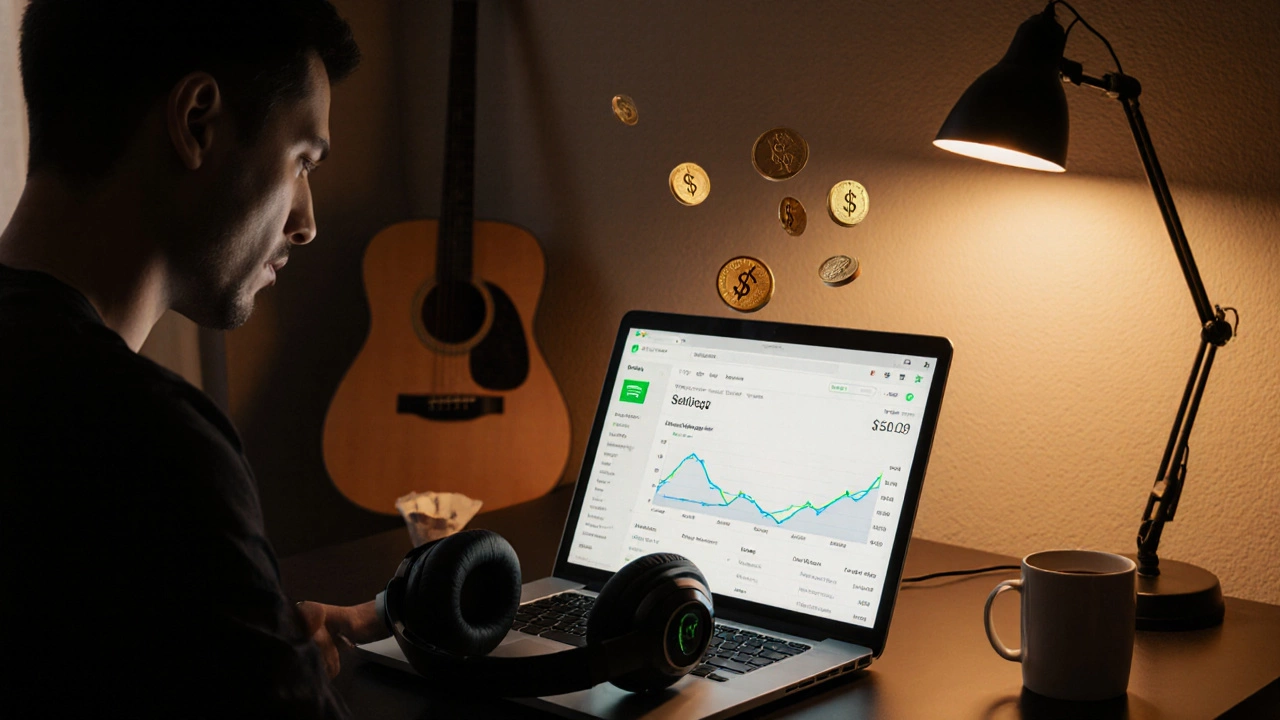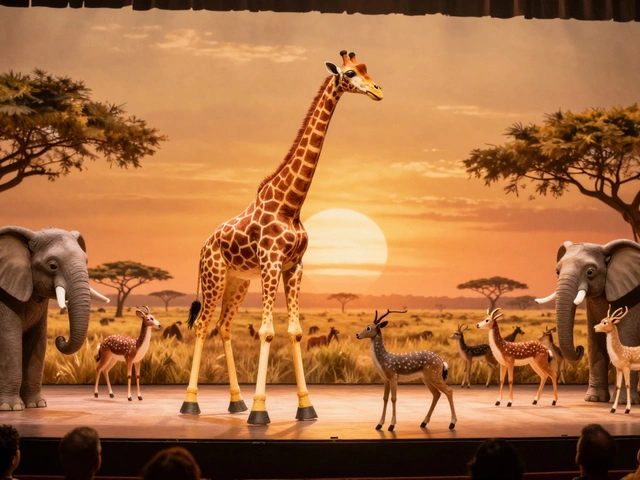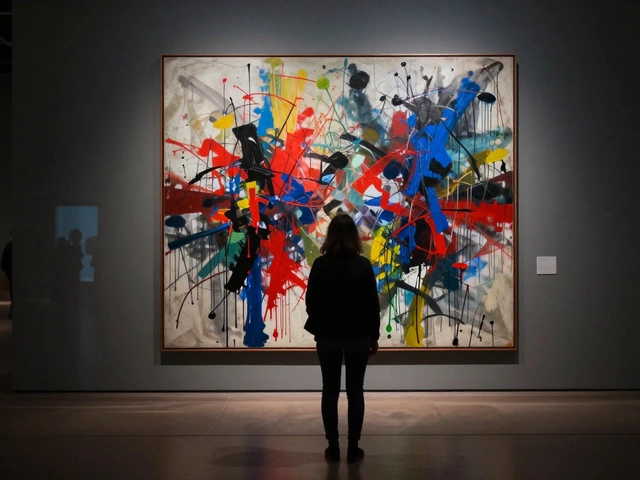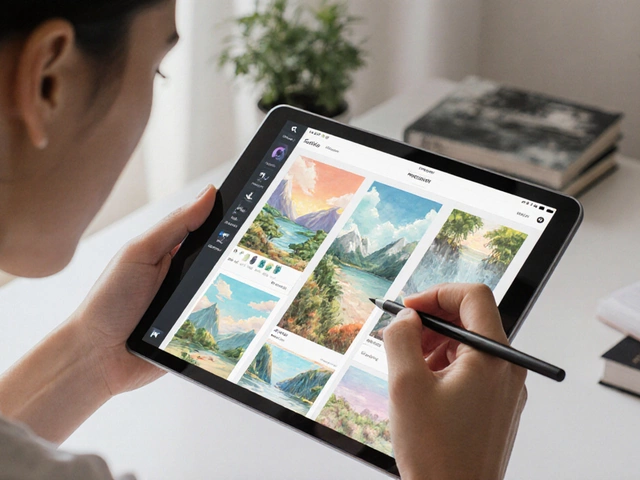Digital Distribution: How Creators Share Their Work Online
When working with digital distribution, the process of delivering creative content (art, music, prints) via online channels. Also known as online distribution, it lets creators reach audiences without a brick‑and‑mortar shop. You can think of it as the highway that moves your digital goods from your studio straight to a fan’s screen or a buyer’s doorstep. It’s not just about uploading a file; it’s about choosing the right route, the right vehicle, and the right rules to keep everything running smooth.
One of the biggest engines behind this highway is online platforms, websites or services that host, stream, or sell digital content. Whether you’re uploading a painting to an NFT marketplace, sharing a music track on a streaming service, or listing a print on a marketplace, the platform dictates the reach, the fees, and the audience type. Digital distribution therefore requires a solid understanding of platform terms, because every platform adds its own layer of rules and revenue splits.
Why it matters for creators
Another key player is digital art, art created or rendered using computer tools such as tablets, software, or code. When you turn a sketch into a high‑resolution file, you instantly open up a world of distribution options: you can sell prints, license the image, or mint it as an NFT. Digital distribution encompasses these possibilities, letting you move from a single file to multiple revenue streams without ever printing a physical copy first.
Music creators face a similar choice. royalty‑free music, tracks that can be used without paying ongoing royalties, often under a one‑time license fee is a perfect example of how digital distribution supports both creators and users. By uploading royalty‑free tracks to a library, the creator distributes the music globally, while filmmakers or podcasters can instantly download and use the file. This interaction shows how digital distribution enables instant licensing and revenue without the need for traditional clearance processes.
For visual artists who still want a physical product, print on demand, a service that prints and ships artwork only after a sale is made bridges the gap between digital files and tangible goods. You upload a high‑resolution image once, set your price, and the service handles printing, packing, and shipping. In this scenario, digital distribution is the conduit that moves your digital file into the hands of a collector, proving that you don’t need inventory or a studio full of printed canvases to make sales.
All these pieces fit together through a few simple rules. First, digital distribution encompasses online platforms, meaning any platform you choose becomes part of your distribution network. Second, it requires digital assets—whether a JPEG, MP3, or PDF—to exist in a format that platforms accept. Third, digital art influences the success of distribution because higher‑quality files attract better placement on marketplaces. Fourth, royalty‑free music supports distribution by providing ready‑made audio that can be bundled with videos or games, expanding the creator’s reach. Finally, print on demand enables a seamless transition from screen to wall, showing how physical products still rely on digital distribution pipelines.
Putting it all together, you now have a clear picture of the ecosystem: digital distribution moves files, online platforms host them, digital art creates the files, royalty‑free music adds audio value, and print on demand turns files into physical goods. Each part interacts with the others, forming a network that lets creators monetize their work in multiple ways without ever leaving their computer.
Below you’ll find a curated set of articles that dive deeper into each of these aspects. From mastering the basics of uploading to understanding how top digital artists earn millions, the collection will give you concrete steps and real‑world examples to sharpen your own distribution strategy.
Will Spotify Pay You? A Deep Dive into Streaming Royalties
Discover exactly how Spotify royalties work, the average per‑stream payout, factors that affect earnings, and proven ways to boost your streaming income.
Continue Reading




